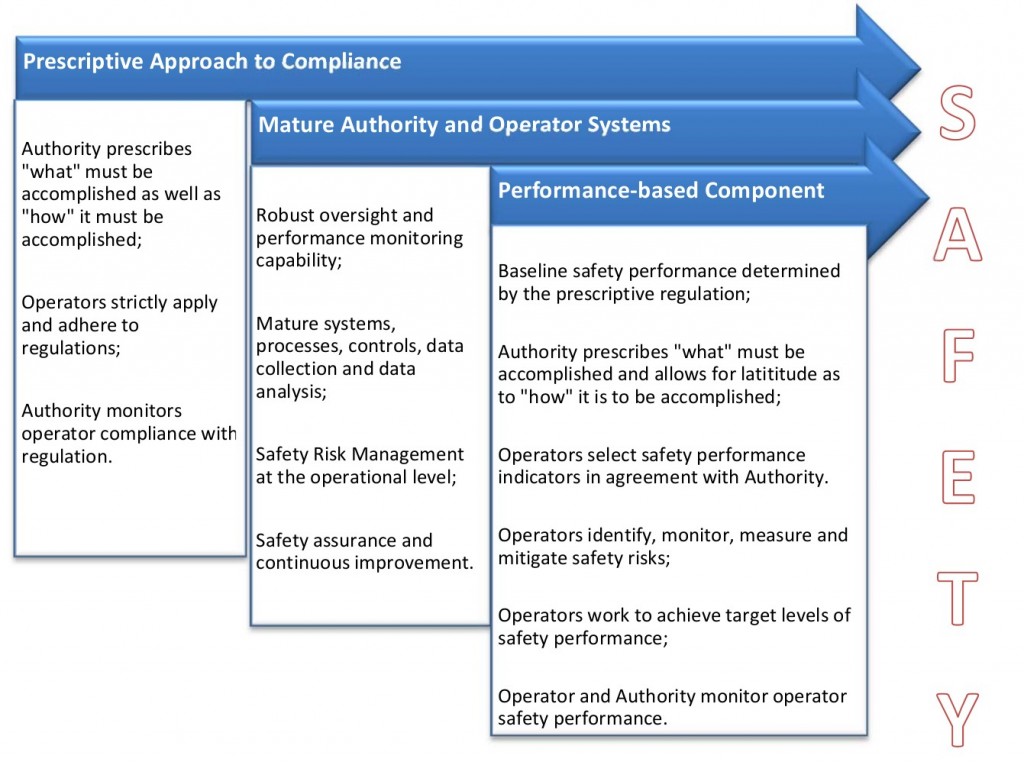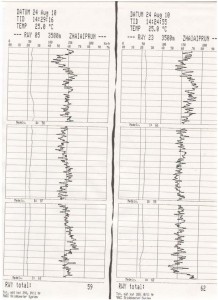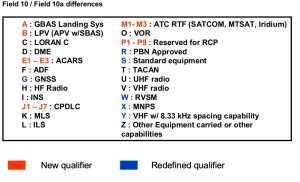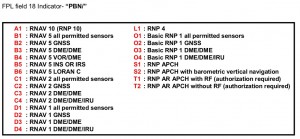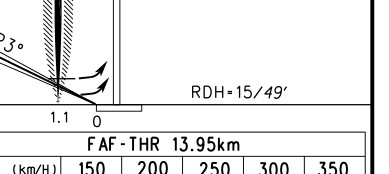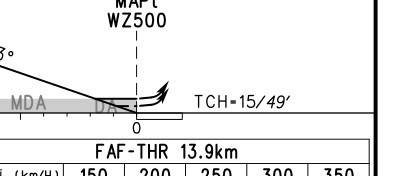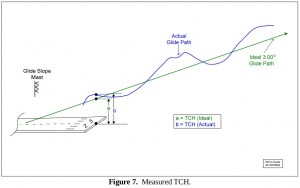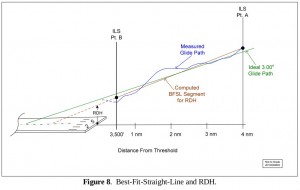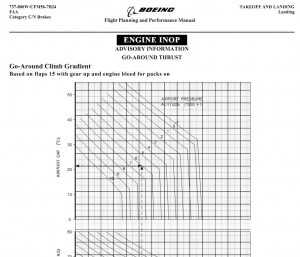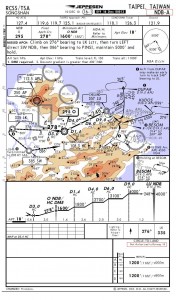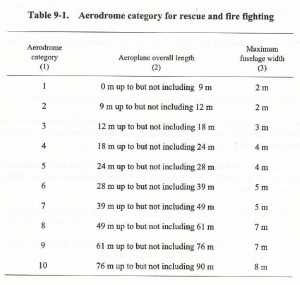上海区域的一次雷雨,让我感觉我对最低油量的概念需要好好认识一下。
以下所有内容都是法规要求,和实际操作无关。
先从CCAR 121.555说起:
第121.555 条 最低油量的宣布
(a)当出现最低燃油量状况时,机长应当遵守下列规定:
(1)向空中交通管制员宣布“最低油量”;
(2)向空中交通管制员报告剩余的可用燃油还能飞多少分钟;
(3)继续按照空中交通管制员同意的航路飞行;
(4)通知飞行签派员,已宣布了最低油量;
(5)如果按照目视飞行规则或者在无雷达地区实施运行,报告现在位置和预计到达目的地的时间。
(b)最低油量是指飞行过程中应当报告空中交通管制员采取应急措施的一个特定燃油油量最低值。该油量是在考虑到规定的燃油油量指示系统误差后,最多可以供飞机在飞抵着陆机场后,能以等待空速在高于机场标高 450米(1500英尺)的高度上飞行 30分钟。
121.555中明确说明了最低油量的定义和计算方法,以及机组需要做的事。最重要的是对“最低油量”定性为“应当报告空中交通管制员采取应急措施”。所以我觉得在国内发生的“最低油量”是一种“Emergency”。
当最低油量发生时,签派应该拿出应急手册:
12、最低油量宣布
(a)当最低燃油条件存在时:
飞行签派员在接到消息—我公司某一航班已宣布最低油量,应当
(1)首先,报告公司领导。
(2)通过无线电频率或空中交通管制部门与空中飞机和空中交通管制部门保持不间断联系,密切掌握情况,直到班机安全着陆。
(3)向空中交通管制部门申请改变航线和优先着陆。同时,向机组提供就近机场资料、飞行情报和气象资料;联系有关机场当局,告知有关情况,通知其做好应急救援的组织和准备工作。
(4)如机长决定选择场外迫降时,按照搜寻和援救的程序进行工作。
所以,综上所述:在中国,当机组宣布最低油量时,机组向ATC报告剩余油量时间,继续按ATC同意的航路飞行(没说申请直飞)。签派应该向ATC申请改变航路(直飞?)和优先着陆。ATC采取应急措施。
———————————————————————————–
接着我查了一下FAA关于Minimum fuel的说明,见下文:
INFO: <Comparison of Minimum Fuel, Emergency Fuel and Reserve Fuel>
FAA的121部中没有对应的555条,只有AIM中说到Minimum fuel。以上这个INFO是我在FAA网站里找到的,明确把Minimum fuel和Emergency Fuel区分清楚。文中对Minimum fuel的定义是:
“Indicates that an aircraft’s fuel supply has reached a state where, upon reaching the destination, it can accept little or no delay. This is not an emergency situation but merely indicates an emergency situation is possible should any undue delay occur.”
“If an aircraft declares a state of “minimum fuel,” inform any facility to whom control jurisdiction is transferred of the minimum fuel problem and be alert for any occurrence which might delay the aircraft en route.”
Note: Use of the term “minimum fuel” indicates recognition by a pilot that his/her fuel supply has reached a state where, upon reaching destination, he/she cannot accept any undue delay. This is not an emergency situation but merely an advisory that indicates an emergency situation is possible should any undue delay occur. A minimum fuel advisory does not imply a need for traffic priority. Common sense and good judgment will determine the extent of assistance to be given in minimum fuel situations. If, at any time, the remaining usable fuel supply suggests the need for traffic priority to ensure a safe landing, the pilot should declare an emergency and report fuel remaining in minutes.
对Emergency Fuel的定义:
The point at which, in the judgment of the pilot-in-command, it is necessary to proceed directly to the airport of intended landing due to low fuel. Declaration of a fuel emergency is an explicit statement that priority handling by ATC is both required and expected.
FAA中遇到minimum fuel时,机组还将按照原航路飞行,只是不能接受更多延误,只有在需要申请优先权才能安全落地的情况下,才宣布“Emergency”,并报告剩余燃油时间。
———————————————————————————–
那么,综合FAA和CAAC的解释来说:
从事件严重等级上看,FAA的”Minimum Fuel” 和CAAC的“最低油量”能否画上等号呢?我觉得显然不能。CAAC的“最低油量”更像是FAA的”Emergency Fuel”。
从机上剩油的角度上看,FAA的”Minimum Fuel” 和CAAC的“最低油量”能否画上等号呢?由于INFO中有说明”Minimum Fuel”的具体数值是:
There is no regulatory definition as to when, specifically, a pilot must declare “minimum fuel” or a fuel emergency. Air carriers typically develop such guidance for their pilots and include it in their General Operations Manuals; such guidance generally falls along the following lines:
• Declare “minimum fuel” when, in your best judgment, any additional delay will cause you to burn into your reserve fuel.
• Declare a fuel emergency at the point at which, in your judgment, it is necessary for you to proceed directly to the airport at which you intend to land. Declaration of a fuel emergency is an explicit statement that priority handling by ATC is necessary and expected.
可见FAA没有规定何时“When”机组必须报告 “minimum fuel or a fuel emergency”(和中国不同)。因此美国的“minimum fuel”是一个公司政策。这个公司政策通常是:“机组判断,继续Delay将会需要用到reserve fuel时,宣布最低油量;机组判断,机上剩油必须申请直飞和优先权才能安全落地时,宣布fuel emergency”。
———————————————————————————–
JAR 中对于”Minimum Fuel”有类似的定义:JAR 1.375 。。。。略。。。。(可能中东用的是JAR?)
———————————————————————————–
ICAO Doc 4444 – Air Traffic Management Chapter 1. Definitions:
Minimum fuel: The term used to describe a situation in which an aircraft’s fuel supply has reached a state where little or no delay can be accepted.
note.- This is not an emergency situation but merely indicates that an emergency situation is possible, should any undue delay occur.
ICAO的Minimum fuel和FAA的定义是一样的,甚至更简单一些。ICAO中说Minimum fuel的内容很少,而且我资料不全,很难找。
———————————————————————————-
现在说说问题。
问1)我按照公司政策做了一份合法的飞行计划:从RKPC飞ZSPD备降ZSHC
BOF ZSPD 3923 00.58 0339NM 0358AIR PAYLOAD: 0.0 W/C M027
ALTN ZSHC 2049 00.27 0127NM MXSH 03/AKARA
FINAL RES 1666 00.30
CONT 10 PC 335 00.06 LIMIT / PLANNED / ACTUAL
TANKERING 0 ZFW 126.1 / 90.9 / ......
BALLAST 0 LDW 136.1 / 96.8 TO FUEL / ......
REQUIRED 7973 02.01 TOW 186.9 / 100.7 NEW TOW / ......
EXTRA 1800 00.32 DIFF / ......
TAKEOFF 9773 02.33
TAXI 400 ADJUST PER 5000 KGS IN TOW 000122 KGS
TOTAL 10173 02.33 FUEL ADJ FOR PERF DEGREDATION P02.1PC
由于业载是0吨,公司备份油正常值是1800KG,所以飞机很轻,所以“FINAL RES”部分的油量很小(1666KG X 2.2046 = 3678LB)。公司手册中767的最低油量是一个固定值=5000LB=2268KG。
因为RKPC-ZSPD是一条很短的航线。所以百分之10的备份油也很少。如果有一个机组完全按照我这份计划加油,并以9773KG的油量起飞了,在航路上用掉了“CONT 10 PC 335KG”,在浦东机场等待32分钟用完了1800KG的公司备份油,但是最后不得不去杭州备降。他会发现根本不可能再去杭州了(和计划矛盾),因为此时FMC中显示的预计落地剩油应该是1666KG,已经少于公司手册中的最低油量。他要么宣布最低油量(直飞去杭州),要么在浦东机场继续等待。
所以说,这份合法的计划中有不合理的地方。解决办法可以是:把“FINAL RES”的值固定为手册最低油量6000LB(这个办法有点傻逼);或者增加公司备份油,特别是针对短时间的国际航班。(这个方法可行,但是复杂)。
假如从反向计算,在浦东机场还没明确是否能落地前,最低的机上剩油应该是:备降杭州2049KG + 手册中最低油量5000LB = 4317KG,一旦低于这个油量,就不能去杭州了,除非宣布最低油量。
问2)如果一个美国航班在中国宣布了Minimum fuel,那么中国的管制应该怎么做?给他优先权吗?
问3)如果一个中国的航班在美国宣布了最低油量,那么美国的管制应该怎么做?给他优先权吗?如果签派收到机组报告的最低油量信息,按照公司应急手册执行,能要求美国的管制给予直飞或者优先权吗?人家会同意吗?
———————————————————————————-
雷雨那天,我很幸运,所有的飞机都在外面飞行,没有因为雷雨备降或等待的航班。我写这篇博文不是想分清楚事件的责任人,而是提供一个对法律规章讨论的起点。
如果有朋友觉得我说的太过脱离实际(纸上谈兵、事后诸葛之类),我非常渴望听到实际飞行情况和经验。

